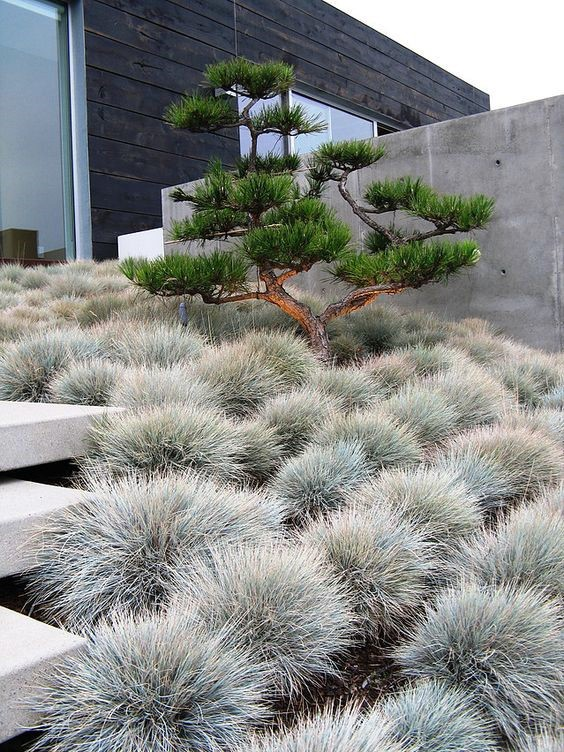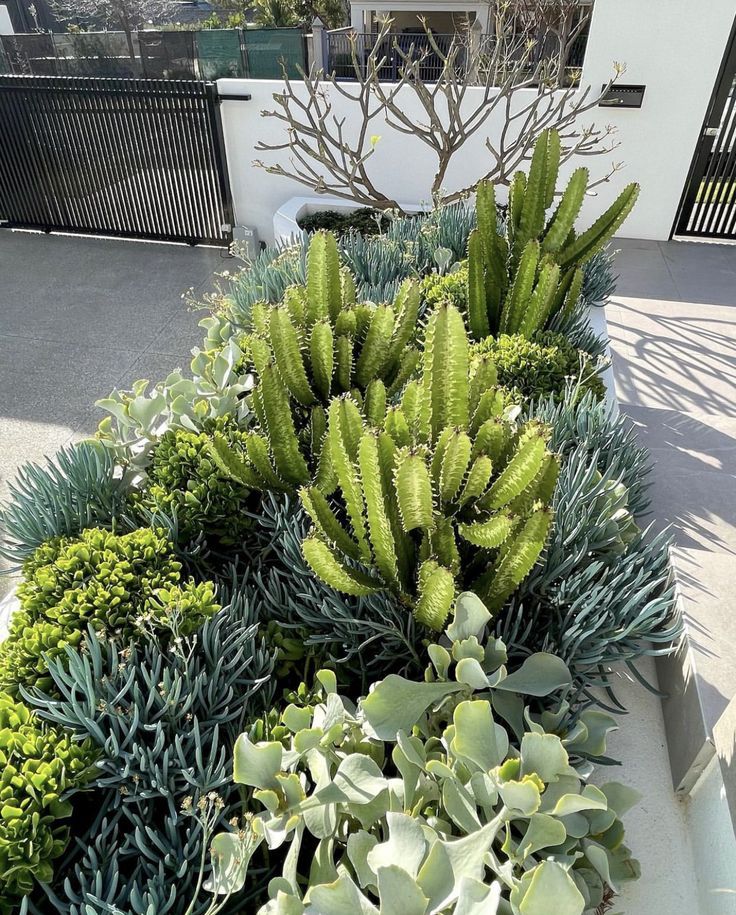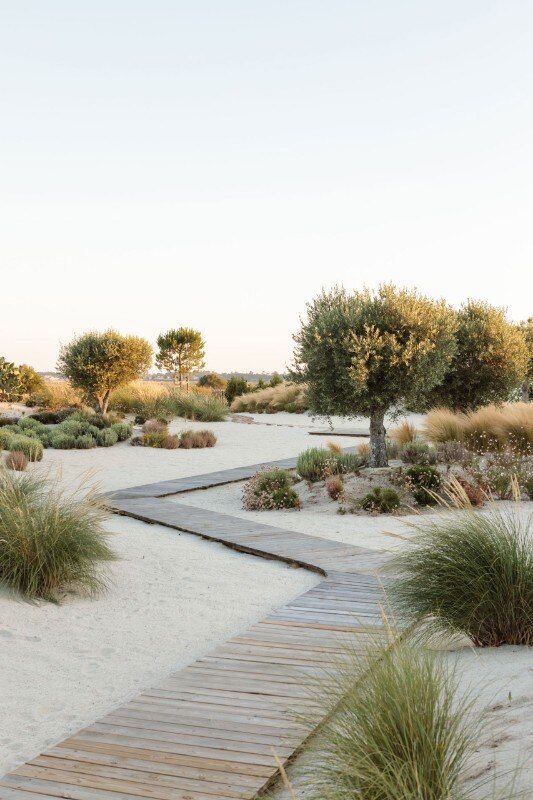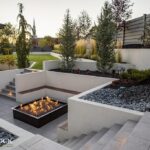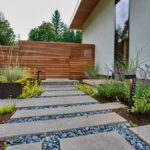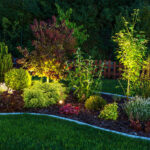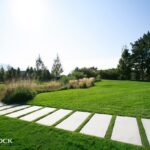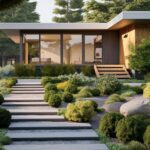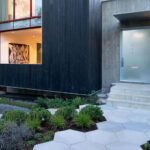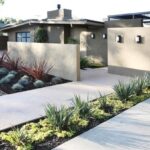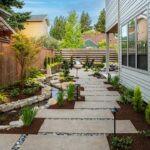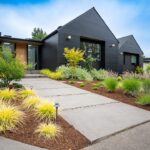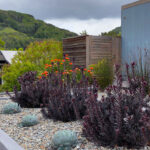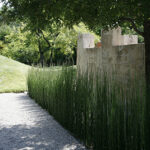Modern landscaping has come a long way from the traditional flower beds and hedges of the past. Today, the focus is on creating outdoor spaces that are not only visually appealing but also functional and sustainable. One of the main trends in modern landscaping is the use of native plants. These plants are well-suited to the local climate and soil conditions, which means they require less water and maintenance. Native plants also support local wildlife, such as birds and butterflies, making them an eco-friendly choice for landscaping.
Another key element of modern landscaping is the use of hardscaping features, such as patios, pathways, and retaining walls. These structures add structure and definition to outdoor spaces, while also providing functional areas for entertaining and relaxing. Hardscaping materials like concrete, stone, and wood can be used to create a variety of design styles, from sleek and contemporary to rustic and natural. Integrating hardscaping elements into a landscape design can help create a cohesive and dynamic outdoor living space.
In addition to native plants and hardscaping, modern landscaping often incorporates sustainable practices such as rainwater harvesting, composting, and using recycled materials. These practices help reduce water consumption, minimize waste, and lower the impact on the environment. For example, rainwater harvesting systems collect rainwater from roofs and store it for later use in irrigation, reducing the need for treated water. Composting organic waste creates nutrient-rich soil for plants, while using recycled materials in hardscaping projects reduces the demand for new resources.
One of the latest trends in modern landscaping is the use of edible plants in outdoor spaces. Vegetable gardens, fruit trees, and herbs can be incorporated into landscape designs to provide homeowners with fresh, healthy produce right in their own backyard. Edible landscaping not only adds beauty and interest to outdoor spaces but also promotes sustainability and self-sufficiency. Homeowners can enjoy the satisfaction of growing their own food while benefiting from the convenience and flavor of homegrown produce.
Modern landscaping also places a strong emphasis on creating outdoor spaces that are extensions of the home. Outdoor kitchens, fire pits, and seating areas are popular additions to modern landscape designs, creating inviting and functional spaces for cooking, dining, and relaxing. By blurring the lines between indoor and outdoor living, homeowners can maximize their use of outdoor spaces and create a seamless transition between the two. In addition to adding value to a home, well-designed outdoor living spaces can enhance quality of life and promote a healthy, active lifestyle.
Overall, modern landscaping is about creating outdoor spaces that are beautiful, functional, and sustainable. By incorporating native plants, hardscaping features, sustainable practices, edible plants, and outdoor living areas, homeowners can create landscapes that are not only aesthetically pleasing but also environmentally friendly and enjoyable to use. With a focus on innovation and creativity, modern landscaping is transforming outdoor spaces and redefining the way we interact with our surroundings.
 yishifashion Where Outdoor Dreams Become Reality
yishifashion Where Outdoor Dreams Become Reality
